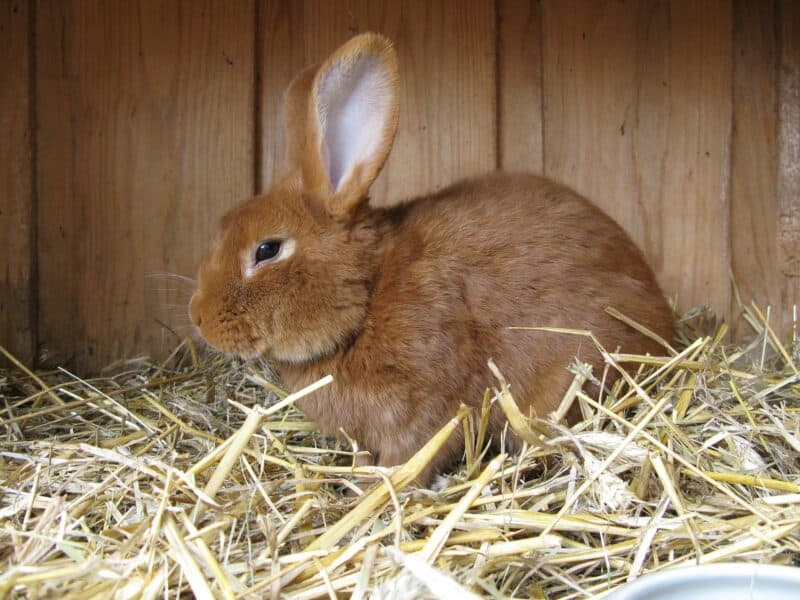
If you’re considering having a hamster or other small rodent as a pet, you need to ensure you get the right equipment to care for them properly.
A cage is a vital piece of equipment and the size is important. So how do you know what the right size cage should be for hamsters and other small animals?
Hamsters are one of the most popular small rodents kept as pets, especially by children.
They’re generally easy to handle (although may require some practice getting used to being held), provide lots of interest when watched, are designed to be kept indoors and don’t take up loads of room.
When you first decide to keep a hamster as a pet, it’s essential that you do your research and stock up on all the essential items of equipment, plus learn how best to look after your hamster. One of the most essential pieces of equipment is a cage, where your hamster will live.
Cages come in all shapes and sizes, but it’s best to look out for a cage that is especially aimed at hamsters, as they will have been designed purely with hamsters in mind.
The Lowdown on Cages
The two most common types of hamster kept as pets are the golden hamsters and dwarf hamsters.
Hamsters can be kept in a single cage on their own, or in families. They can be prolific breeders though, so it may be better to keep the sexes apart if you don’t want to end up with a huge family.
As a basic minimum, a hamster cage should be about 75cmx40cm, but the more space they have to run around and explore, the better. Cages for hamsters are often made of a strong and durable plastic, with some areas of metal bars on the side.
There are many modular hamster cages available, which come with add-on layers to make the cage even bigger.
These are great, as they provide lots of additional variety and interest and hamsters enjoy exploring new areas.
Hamsters welcome the opportunity to have a nice nest area to sleep in, as they’re more active and awake at night and generally asleep in the day.
Some of the modular cages have cute little nest boxes that can be added onto the top of the cage, accessed by a tube or ladder, and these are ideal for both golden hamsters and the smaller dwarf hamsters.
Dwarf hamsters are, as their very apt name suggests, a smaller breed of hamster than the golden hamster.
Although they can happily live in the same size of cage as a golden hamster, do check first that the cage you have is suitable.
In some instances, for example, a very small dwarf hamster may be able to squeeze through the bars on the side of the cage and escape. If you’re in any doubt, then it may be best to opt for a mouse cage instead, as these will be specially designed for a smaller size animal.
Other small animals that may be kept as pets and will need cages include gerbils and mice.
Gerbils will require a similar sized cage to hamsters, but in the case of mice, their smaller size means that they’ll need a much smaller size of cage.
If you want to keep mice, then do try and buy a specialised mice cage, rather than making do with something bigger.


